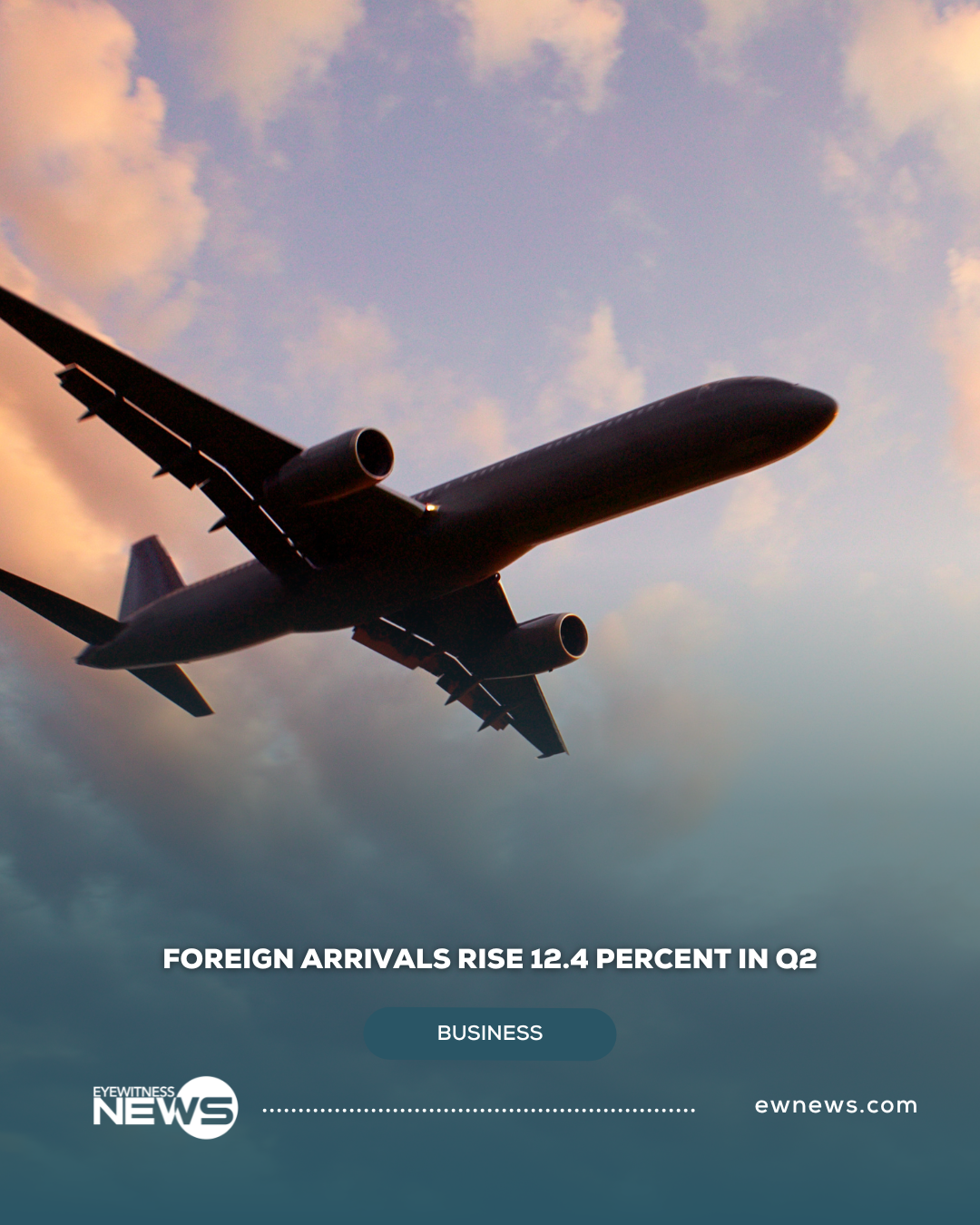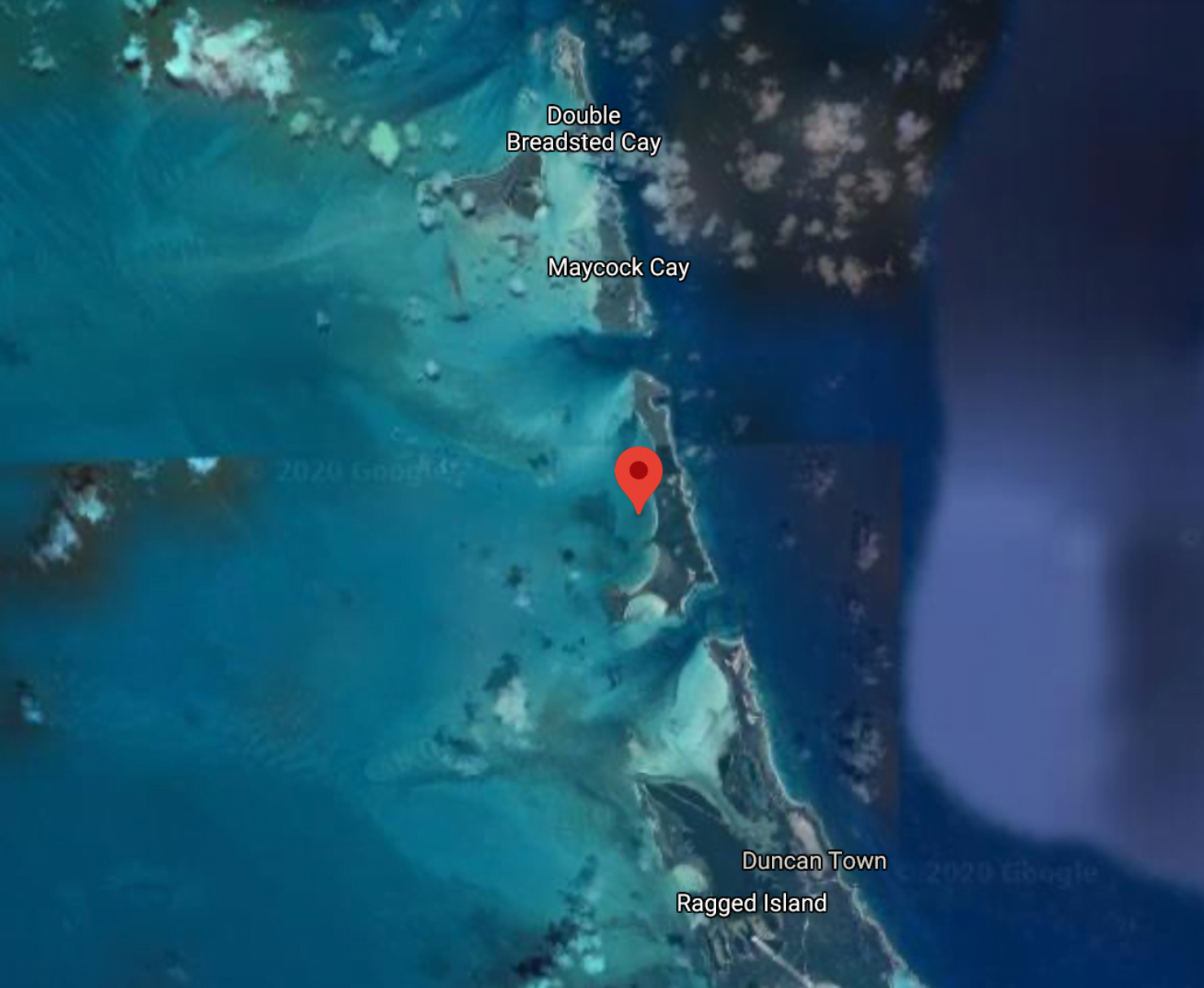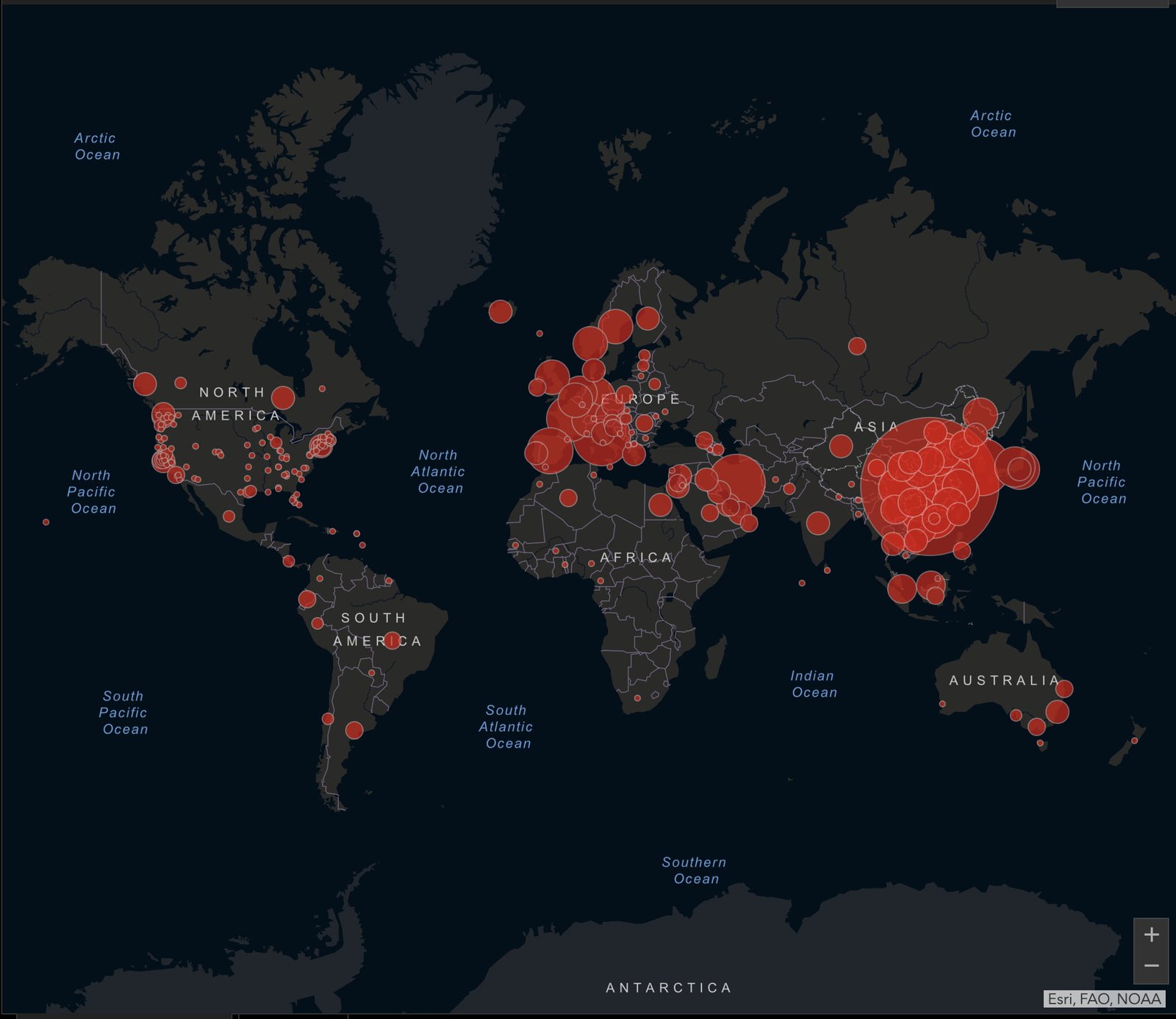NASSAU, BAHAMAS — Foreign arrivals in the second quarter of 2025 rose 12.4 percent to 3.1 million visitors despite continued constraints on hotel capacity for high-value air travellers, according to the Central Bank’s Quarterly Economic Review.
Data from the Ministry of Tourism shows that sea arrivals expanded 14.9 percent to 2.6 million, while air traffic increased modestly 0.7 percent to 0.5 million visitors, highlighting the growing contribution of cruise tourism to overall earnings. A breakdown by destination revealed New Providence arrivals climbed 15.6 percent to 1.5 million, driven by a 21.9 percent increase in sea passengers, which offset a 0.7 percent decline in air traffic. The Family Islands saw arrivals grow 13.7 percent to 1.5 million, supported by a 14.7 percent rise in sea arrivals and a 2.3 percent gain in air visitors. Conversely, Grand Bahama experienced a 29.9 percent drop in visitors, as the 36.3 percent fall in sea arrivals outpaced a 25.3 percent increase in air traffic.
The domestic vacation rental market also posted strong performance. According to AirDNA, total room nights booked rose 11 percent to 224,859, driven by a 14 percent increase in entire place listings to 411,332 and a 9.3 percent gain in hotel comparable listings to 57,184. While inventory growth slightly pressured hotel occupancy—down 1.9 percentage points to 46.1 percent—entire place listings saw occupancy firm to 49.8 percent, with average daily rates up 9.2 percent to $580.71 for entire place listings and 1.4 percent to $188.99 for hotels.
Despite the moderation in the high-value air segment, the overall domestic economy maintained a tempered growth pace, supported by ongoing small- and medium-scale foreign investment projects in the construction sector. Inflationary pressures eased during the quarter, aided by lower costs for imported fuel and other goods and services.
Preliminary fiscal data for the first eleven months of FY2024/25 indicate the government deficit narrowed relative to the prior year, reflecting stronger revenue growth outpacing aggregate expenditure. Borrowing remained primarily internal, combining long- and short-term instruments.
Monetary conditions saw increased bank liquidity driven by deposit growth, while domestic credit contracted slightly. Banks’ net foreign assets expanded significantly, supported by government external borrowing and foreign currency inflows from real sector activity. Credit quality showed mixed trends: short-term arrears rose, offsetting reductions in non-performing loans, though annual performance improved alongside moderated economic growth. Bank profitability also strengthened, bolstered by higher income from commissions and foreign exchange fees.
Externally, the estimated current account deficit widened, reflecting a larger primary income deficit, reduced services surplus due to slower travel receipts, and a higher merchandise trade deficit. Meanwhile, financial account inflows expanded, driven by direct investment inflows and lower “other” investment outflows due to increased external loan exposures.
The Central Bank concluded that while high-value air arrivals moderated, strong cruise traffic and vacation rental activity, combined with ongoing foreign investment, helped sustain the Bahamian economy through the second quarter of 2025.


















